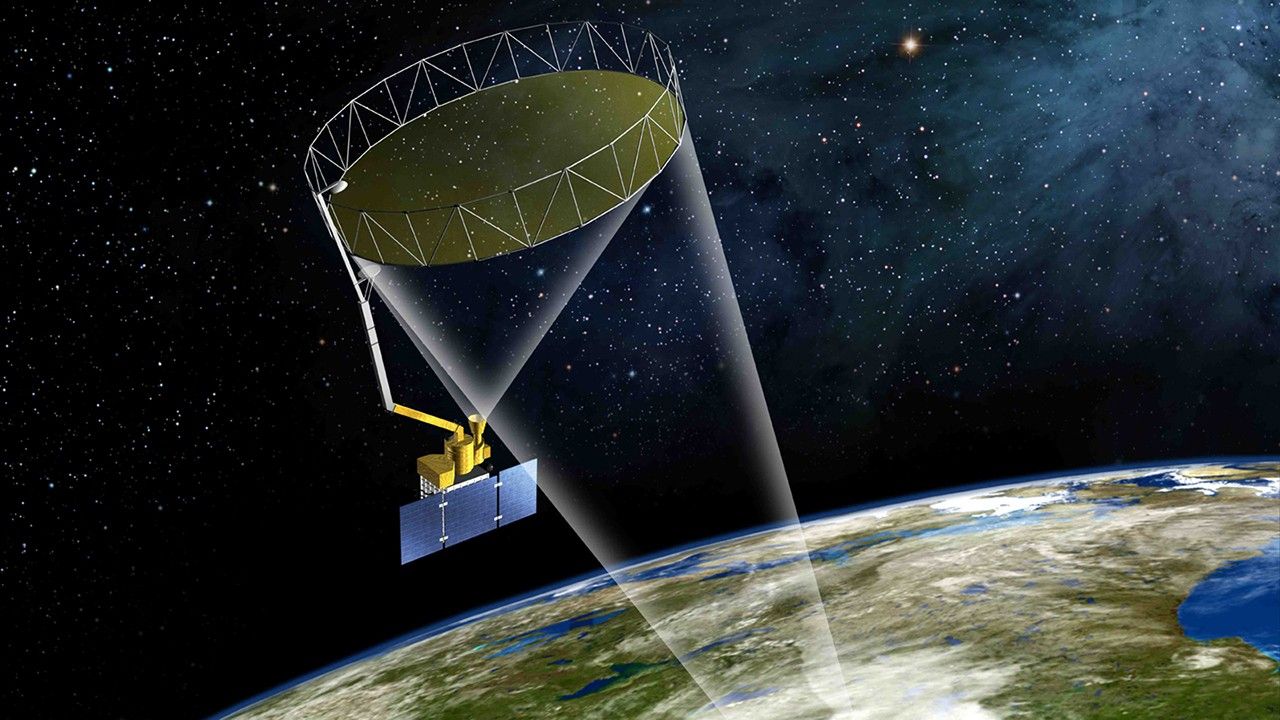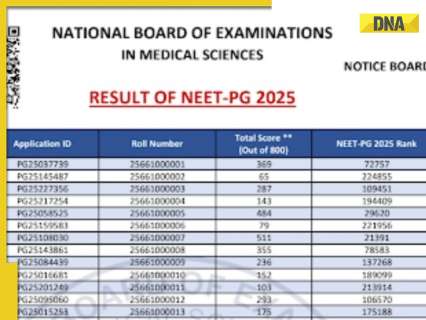Now Reading: 10 Years of NASA’s Soil Moisture Mission Tracking Global Water Cycles
-
01
10 Years of NASA’s Soil Moisture Mission Tracking Global Water Cycles
10 Years of NASA’s Soil Moisture Mission Tracking Global Water Cycles

Speedy Summary
- The NASA Soil Moisture Active Passive (SMAP) mission,launched in 2015,has completed a decade of global L-band radiometry observations.
- SMAP provides detailed measurements of surface soil moisture and links the water, energy, and carbon cycles critical for whether forecasting and climate models.
- Tho it’s radar ceased functioning shortly after launch in 2015, SMAP repurposed its radar channels for GNSS reflectometry to study land surfaces.
- Achievements include advancements in drought monitoring, flood prediction, ecology studies using vegetation optical depth (VOD), sea surface salinity records extension post-Aquarius mission, and ice sheet assessments vital for climate change impact evaluation.
- SMAP data supports natural hazard management systems globally-improving agricultural planning and the accuracy of numerical weather predictions through diverse scientific collaborations.
- Persistent radio frequency interference (RFI) affects SMAP’s measurements despite mitigation measures. RFI reports are submitted to spectrum management authorities worldwide.
- future plans include integrating data from other missions like NASA-ISRO Synthetic aperture Radar (NISAR) to enhance soil moisture monitoring with higher resolutions.
indian Opinion Analysis
The completion of a decade-long operation by NASA’s SMAP project underscores the importance of satellite-based environmental monitoring for addressing global challenges like climate change. For India-a country dealing with frequent extreme weather events such as floods and droughts-data from missions like SMAP plays a vital role in improving precision agriculture techniques, disaster management frameworks, and monsoon forecasting accuracy. Collaboration with projects such as NISAR highlights India’s proactive contribution toward advancing Earth observation capabilities.
India could benefit considerably by leveraging soil moisture datasets for scalable agricultural interventions across states susceptible to rain-fed farming vulnerabilities. Moreover, regional solutions incorporating such global datasets could be developed by combining domestic expertise with international synergies undergirding advanced science applications.


























